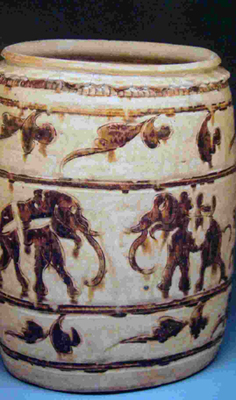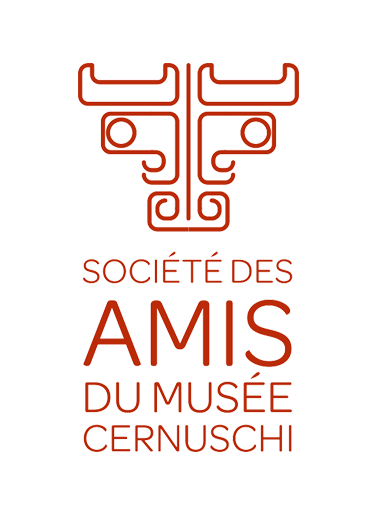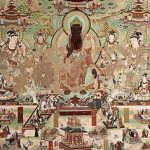Vietnamese ceramics - January 16, 2008
Wednesday January 16 2008
"Vietnamese ceramics from the Ly and Tran dynasties (1010-1400), between Chinese influences and rural authenticity"
By Corinne de Menonville, Independent Researcher, Professor at IESA (Institute of Higher Studies of Arts).
Corinne de Ménonville brilliantly illustrated her fascinating lecture with multiple photos and especially some ceramics from her collection.
If the history of Vietnamese ceramics goes back to the Mesolithic (about 10 000 years before our era) with the culture of Son Vi and Hoa Binh, it is only under the dynasty of Ly (1009-1225) and Tran ( 1225-1400) that it begins to truly acquire its intrinsic characteristics.
Its history is that of a slow identity conquest that began under the Giao-chi period (111 BC-203 ap.JC) to flourish under the Ly and Tran dynasty and find all its originality under the Lê ( 1428-1788) with Bat Trang furnace production.
In Europe, researchers at the beginning of 20rd century such as Olov Janse too often associated or confused with the productions of southern China. It is only in the last twenty years that it has been identified as Vietnamese ceramics in its own right. We can therefore speak here too of a conquest (or reconquest) of one's identity.
The country of Nan Viet (small states settled between Canton and "Tonkin") attracted by their wealth (due to the abundance of rhinoceros horns, elephant tusks and kingfisher feathers), the lust of the first emperor from China, Qin Shi Huang Di who conquered the region from 221 BC
After a short interlude due to the Chinese general Zhao Tuo Trieu Da who established the independent kingdom of Nan Yue in 206 BC, the country again came under Chinese tutelage in 111, under the conquering impetus of the Emperor Wudi of the Han . It will remain under Chinese supervision until the eleventh century, even if periodically, revolts such as those of the Trung sisters in 43 AD or Ly Bon in 544, attempted to put an end to this heavy domination.
The pottery of the first centuries of our era takes the Han models and we find mingqi in red earth (farm models) as well as molded pieces (jugs, jar covered, etc.) with a light vitreous siliceous glaze.
At the fall of Tang, in 907, the country undertakes the reconquest of its independence and, in 1009, the Ly dynasty installs its capital in Thang Long (Hanoi).
The new masters promote Buddhism and have many temples and pagodas built. The Buddhist clergy will be very influential because the ruling power is wary of Confucian scholars considered too pro-Chinese. The government obliges the wanderers to settle down and undertakes to strongly develop agriculture.

Set of cups to covered
two-tone brown and white
© Cernuschi Museum
Viet Nam of this time is, it must be emphasized, a country with a totally rural culture, differing considerably from Song China (which could be described as a dynasty of literati and urban culture).
The political and administrative stability, the economic development of Dai Viet generated by the governance of the Ly and Tran dynasties will promote the emergence of a decorative repertoire which gradually distances itself from Chinese influence both in its forms and in its decorations.
The forms of ceramics are essentially utilitarian for an agricultural population (covered jars, jugs, bowls, cups, boxes with lids, lime pots, candlesticks for the altars).
Vietnamese ceramics use sandstone, resulting from the decomposition of granite (based on silica, alumina and lime, which, after firing, gives a hard, waterproof and sound material. The earth used is particularly soft, fine, white and has a very fine grain size.
Each piece is then soaked in a mixture (covered or glaze) obtained with lime. It is colored by adding iron oxide in a proportion of 1 to 17% which will give, depending on the cooking method chosen, a variety of colors ranging from brown-black to gray-blue (cooking by oxidation: from ivory brown through chocolate, amber and tortoise shell - reduction firing: from brown-black to gray-blue through celadon green). The most common glazes are ivory, brown or celadon.

Brown covered bowl and
amber stains decor
© al. special
The decoration can be molded or incised with a repertoire influenced by Buddhism: lotus, lotus petals, foliage, floral decoration "with a comb". The bowls are rather globular on a small base but there is also a cylindrical shape on three legs. The cups are flared or conical. Bowls and cups can have a ribbed decor and the jagged rim to mimic lotus petals. In the XNUMXth-XNUMXth centuries, the jugs often had the spout in the shape of a makara.
The ceramic pieces are fired in small dragon-type ovens and placed either in casettes or stacked on refractory earth strands which leave an unglazed ring in the bottom or even stacked by means of pernettes. These are clearly visible in the form of small marks (between 3 and 5) in the back of the pieces. The glaze is very fine and leaves the base bare. Some pieces have a so-called chocolate base. No valid explanation has yet been provided for this practice. It is observed that the ivory or celadonate blankets present a strong network of cracks, and that the fineness of the glaze often leads to gaps on the most angular parts.
Among the most characteristic forms, we find brown ceramics which have a very wide variety of coverings ranging from smooth to rough (due to the presence of phosphors which burst into bubbles just on the surface). Others have a decoration of bird paw prints on the sand "or" flowers of thi ". It results from a mass of glaze painted before firing and with a high percentage of iron oxide. Still others have the particularity of being two-tone: ivory on the inside and brown on the outside.

Jar called tanhoa with incised decoration
elephant and foliage, Ly dynasty
© Cinquentenaire Museum, Brussels
But the obviously most significant pieces are those that have long been called "the jars of Tanh-hoa" (from the name of the province where the first copies were found): large cylindrical jars, with white cover, sometimes celadata. and large incisions highlighted with ferruginous pigments. The most beautiful are endowed with a corolla of lotus buds, spiky like a multitude of small spikes, and which are splashed. The decorations are floral but for the most remarkable, there are hunting scenes or animal motifs of a remarkable freshness of composition (elephants, waders, fish).
The potters acquire over time a great mastery and, under the Tran forms are diversified and increase in volume. We see the decorations appear in brown then in underglaze blue, of floral inspiration, drawn in a calligraphic movement, removed and harmonious. The material remains that of sandstone.
But it is under the Le dynasty that we can observe a kind of creative explosion full of virtuosity associating on the same object various techniques such as the affixing of an enamel, decorations in underglaze blue and 'others in half-round bump left in biscuit. This is the production of the Bat Trang kilns a few kilometers east of Hanoi (still in operation and very interesting to visit).
It is therefore in the sixteenth century the emergence of a style affirmed, sophisticated, emancipated from the Chinese influence.
Corinne de Menonville also recalls that the first collectors of Vietnamese ceramics were the Japanese. If there was a craze for a few years, the rating remains low today (between 1 000 and 4 000 € for parts in perfect condition) because there are few connoisseurs and collectors.
She ended her talk by saying that it is a connoisseur's ceramic whose imperfections make all the charm.





